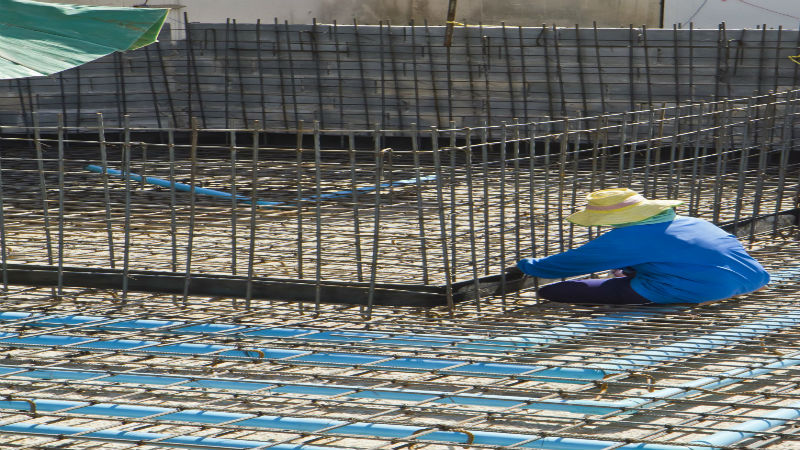It is not uncommon to see an outdoor pool, either an in-ground or above ground pool, with a surface or partial surface covering of what looks like a blue or green haze or scum. This is known as an algae bloom, and this type of pool algae can appear and spread very rapidly, seeming to multiply overnight or throughout the day.
What is Algae?
Algae, no matter what the color or the variety, is a naturally occurring single-celled plant. It gets into your pool from a variety of sources including by spore being blown into the water, by being carried in on contaminated bathing suits or pool items, or even by being brought in on people’s feet when walking to the pool area.
The water, the warm temperature and the exposure to sunlight creates the perfect conditions for growth. Typical pool algae types will include:
- Blue-green – this is sometimes known as green algae, and it is the most common. It will float on the surface or clump, and can cause significant issues with a filter. With poor filtration, the result can be a slimy green to blue coating on the surface of the walls of the pool along with a slight greenish to a heavy algae layer on the water.
- Black algae – this type of algae is not free floating, but attaches to the walls of the pool or the spa, particularly on the grout. This is a very difficult algae to deal with as it is not in the water; rather the roots of each clump are actually in the walls of the pool.
- Mustard – yellow algae or mustard algae is also found on the walls of the pool, most commonly on the shady side or end of the pool or in the deeper areas. It can be very resistant to treatment with chlorine.There are also some types of bacteria that can form that looks like pool algae. Often a pink color, these can form streaks or spots, typically along the walls in cracks or corners, and may be difficult to treat using conventional chemicals.
The Issues
In addition to filtration problems, when algae is present in a pool there can be a risk of other types of bacteria, viruses or contaminants. Additionally, the presence of algae is often associated with poor maintenance practices, and people are not going to want to spend time in the pool.
Since algae will constantly be introduced into the water, it is important to have a continual treatment process in place. Chlorine is not the most effective option, and new ionization methods have greater success rates in not only preventing the spread of algae but in ridding the pool of existing algae problems.

